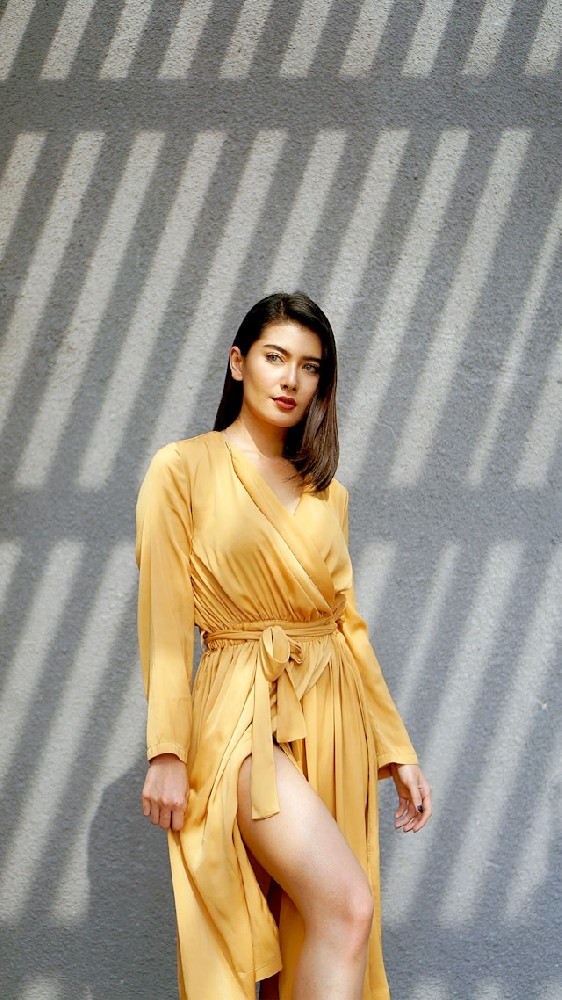2024-05-16 Fashion History 441
The phenomenon of fashion, a vibrant and pivotal aspect of human culture, has witnessed a vast array of transformations throughout history. This journey, deeply embedded in the socio-economic, political, and cultural matrices of different eras, offers a fascinating lens through which to view the evolution of societies and their values. “Threads of Time: The Evolution of Fashion Through History” delves into this rich tapestry, tracing the significant milestones that have shaped fashion from ancient civilizations to the contemporary digital age. In the ancient world, clothing was more than a necessity against the elements; it was a symbol of status, power, and community identity. The Egyptians, for instance, utilized linen to create garments such as the Kalasiris, while the rich colors and elaborate designs of Roman togas and stolas reflected social standings and occasions. This period laid the foundations of fashion as a form of expression and social stratification. As we transition into the Medieval era, European fashion took on a more structured form with the introduction of tailoring. This was a time when dress became an even clearer indicator of social hierarchy and gender roles. Knights and nobles adorned themselves in tunics and hose, with the length and decoration of such garments highlighting their status. Meanwhile, the sumptuary laws of the period dictated the colors, fabrics, and accessories permissible for different classes, further entrenching the societal order. The Renaissance brought about a revolution in fashion, mirroring the era's wider cultural awakening. The pursuit of beauty and perfection saw men and women’s attire become more fitted and ornate, showcasing the human form in unprecedented ways. Materials became more luxurious, and the introduction of lace and the codpiece were just two innovations marking this prolific period of sartorial experimentation. Fast forward to the 18th and 19th centuries, and we witness the birth of modern fashion in the seamstresses and tailors of Paris, establishing the city as the global heart of fashion - a status it holds to this day. This period also saw the advent of haute couture, with designers such as Charles Frederick Worth not only creating clothing but also branding it, thus birthing the concept of fashion houses and runway shows. The 20th century heralded a democratization of fashion, with technological advancements and social changes leading to the rise of ready-to-wear. World Wars forced innovation in materials and practicality in design, giving rise to sportswear, casual wear, and the teen fashion market. This era also saw the emergence of iconic designers such as Coco Chanel and Christian Dior, whose visions continue to shape modern fashion. In the contemporary era, fashion has evolved into a multifaceted industry encompassing not just clothing but lifestyle. The digital age has further democratized fashion, making it more accessible and inclusive while also birthing new challenges and complexities. Sustainability and ethical manufacturing have become central issues, with a growing movement towards slow fashion and eco-conscious practices. Meanwhile, social media and e-commerce have created unprecedented opportunities for self-expression and entrepreneurship in the fashion world. In conclusion, the evolution of fashion is a mirror reflecting the complex interplay of cultural, economic, and technological forces that drive human society. Each era, with its distinctive styles and innovations, weaves another layer into the rich tapestry of our history, highlighting the transformative power of fashion as an art form and a societal vehicle. As we look towards the future, it’s clear that fashion will continue to evolve, echoing the shifts in our world and the endless creativity of the human spirit.








